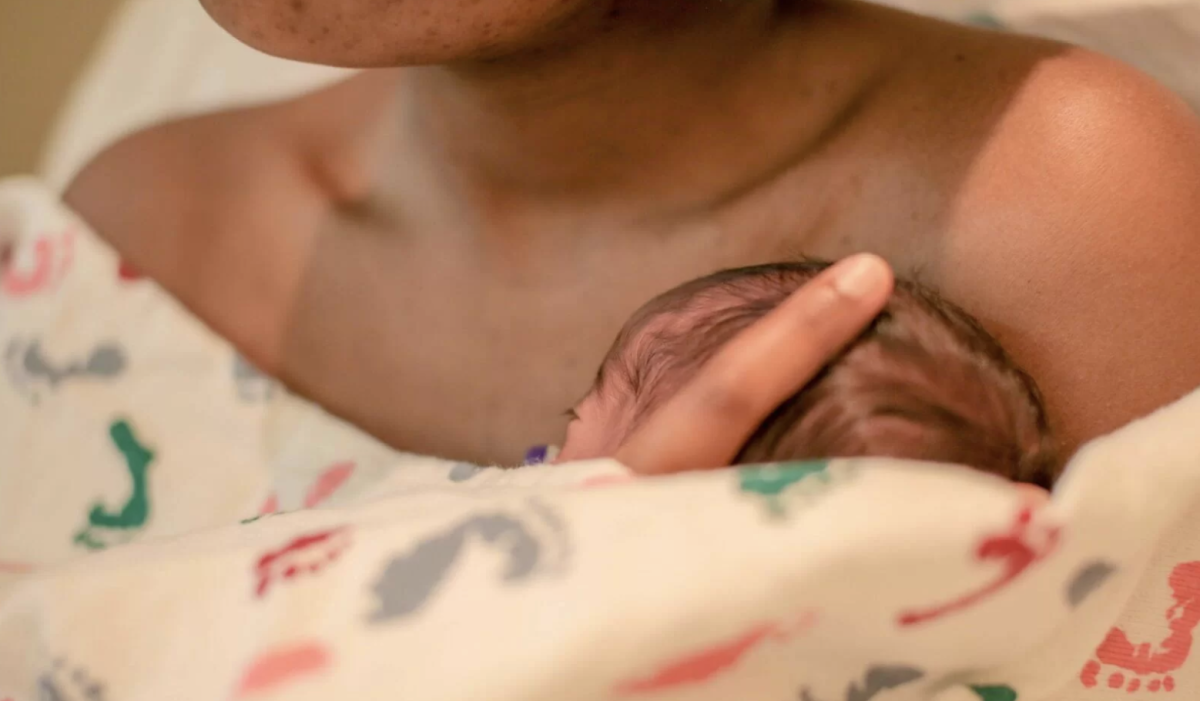How Do I Know If Malpractice Caused Shoulder Dystocia?

What Does Dystocia Mean and How Can It Lead to Medical Malpractice?
Dystocia is the medical word for a difficult or abnormal labor. It happens when something makes the delivery harder than it should be, like the baby’s position, the size of the baby compared to the mother’s pelvis, or the way the uterus is contracting.
Shoulder dystocia is a specific type where the baby’s shoulder gets stuck behind the mother’s pelvic bone after the head is delivered. This is an emergency because if the shoulder isn’t freed quickly, the baby can suffer serious injuries like nerve damage, loss of oxygen, brain injury, or even death.
It can be medical malpractice when doctors don’t recognize the signs, don’t act fast enough, or don’t use the right techniques to safely deliver the baby.
A common sign is the “turtle sign,” where the baby’s head comes out and then pulls back in like a turtle. The baby may also have a red, puffy face.
What Can My Physician Do About This Type of Complication?
When shoulder dystocia happens in the delivery room, there are several steps a physician can take to safely deliver the baby. If the doctor suspects shoulder dystocia, they are supposed to begin with the ALARMER sequence before moving on to any other procedures.
ALARMER stands for Ask for help, Leg hyperflexion, Anterior shoulder disimpaction, Rubin maneuver, Manual delivery of the posterior arm, Episiotomy, and Rollover on all fours.
Once ALARMER is completed, the physician can use additional maneuvers depending on what is needed.
McRoberts Maneuver
The mother’s legs are pulled tightly toward her abdomen. This widens the pelvis and helps straighten the lower spine.
Suprapubic Pressure Rubin I
Steady downward or rocking pressure is applied above the pubic bone to help rotate and free the baby’s stuck shoulder.
Rubin II
Pressure is placed behind the baby’s anterior shoulder to turn the baby into an angled position that helps free the shoulder.
Wood’s Screw
The physician rotates the baby’s shoulders to move the anterior shoulder toward the back and the posterior shoulder toward the front.
Jacquemier’s Maneuver
The physician delivers the posterior shoulder first by locating the baby’s arm in the birth canal and gently guiding it out.
Gaskin Maneuver
The mother is moved to an all fours position. This widens the pelvic outlet and creates more space.
Zavanelli Maneuver
The baby’s head is gently returned to the birth canal so the physician can perform an immediate cesarean delivery.
Intentional Fetal Clavicular Fracture
The baby’s collarbone is intentionally fractured to reduce shoulder width and help free the shoulder.
Abdominal Rescue
A hysterectomy is performed to allow delivery of the impacted shoulder.
Maternal Symphysiotomy
The connective tissue between the pubic bones is surgically opened to widen the birth canal.
The ALARMER sequence goes from the least invasive to the most invasive in order to protect the mother as much as possible. If the early steps do not work, the physician should move on to the more advanced procedures.
Complications From Shoulder Dystocia
The biggest concern is injury to the brachial plexus, the group of nerves that control the shoulder, arm, and hand. Too much traction can tear these nerves from the spinal cord, especially the motor nerves, which are the most vulnerable.
Other possible complications include Klumpke paralysis, Erb’s palsy, fetal hypoxia, cerebral palsy, fetal death, and maternal postpartum hemorrhage.
If Your Child Suffered An Injury After A Difficult Delivery, Call Us Today
If your child suffered shoulder dystocia at birth in a Washington, D.C., Northern Virginia, or Maryland hospital, contact Donahoe Kearney to see whether you have a case.
Families across the DMV trust us when birth injuries happen in local hospitals such as Washington Hospital Center, Georgetown University Hospital, GW Hospital, Inova Alexandria Hospital, Inova Fairfax, and major Maryland birthing centers.
Schedule your complimentary consultation at 202-393-3320 or tell us your story here: donahoekearney.com/contact-us.
We know this is one of the hardest things a family can go through. A difficult delivery and a scared newborn stay with you, and it is a lot to carry on your own. Thank you for trusting us to help you through it. We take that responsibility seriously and we are here to guide you through every step.
RELATED ARTICLES:
Do You Have a Medical Malpractice Case?